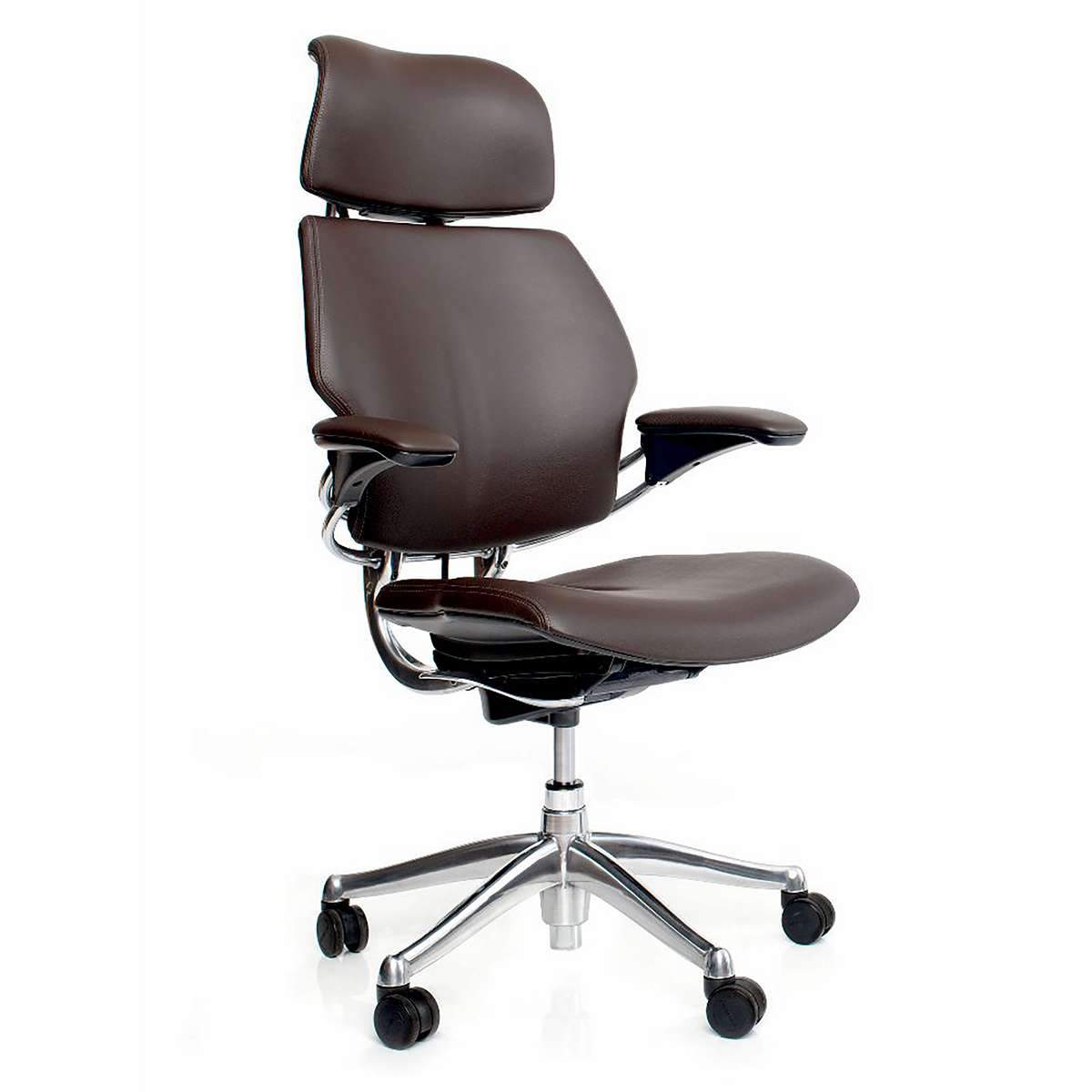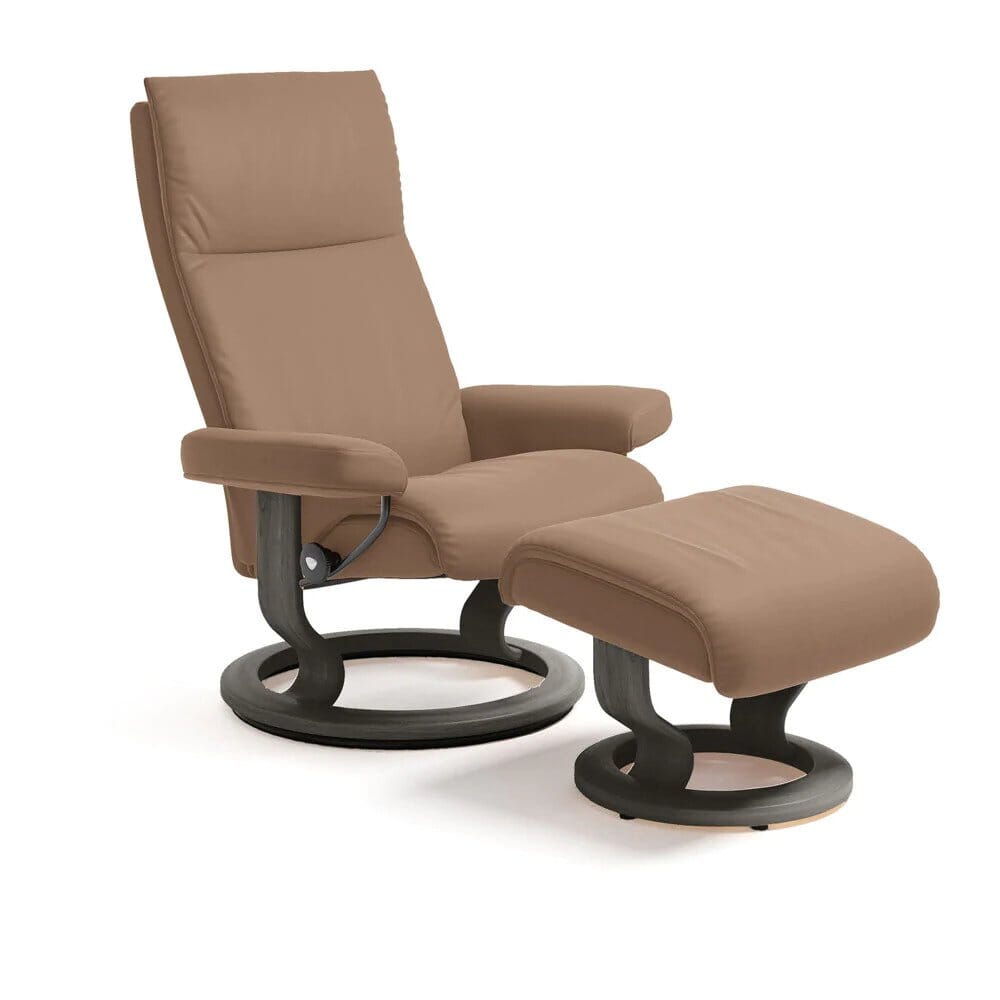800.605.1859 - FREE SHIPPING ON MOST ITEMS OVER $99.00
Accessories
lighting
Designers
- ACHILLE CASTIGLIONI
- ALBERTO MEDA
- ALESSANDRO MENDINI
- ALEXANDER GIRARD
- ALFREDO HABERLI
- ALVAR AALTO
- ANNA CASTELLI FERRIERI
- ANTONIO CITTERIO
- ARNE JACOBSEN
- BARBER & OSGERBY
- CARLO ALESSI
- CARLO MOLLINO
- CHARLES & RAY EAMES
- CHARLOTTE PERRIAND
- EERO SAARINEN
- EILEEN GRAY
- ENZO MARI
- ERNESTO GISMONDI
- ETTORE SOTTSASS
- ACHILLE CASTIGLIONI
- ALBERTO MEDA
- ALESSANDRO MENDINI
- ALEXANDER GIRARD
- ALFREDO HABERLI
- ALVAR AALTO
- ANNA CASTELLI FERRIERI
- ANTONIO CITTERIO
- ARNE JACOBSEN
- BARBER & OSGERBY
- CARLO ALESSI
- CARLO MOLLINO
- CHARLES & RAY EAMES
- CHARLOTTE PERRIAND
- EERO SAARINEN
- EILEEN GRAY
- ENZO MARI
- ERNESTO GISMONDI
- ETTORE SOTTSASS
sale
Cyber Sale - Save 20% + Free Shipping - Now until Dec 9th

Save 15% + Free Shipping -Now until - Dec 8th

Save 20% + Free Shipping - Now Through Dec 8th

Save 20% + Free Shipping - Now Dec 8th

Warehouse Sale up - Up to 70% off

Save 20% + Free Shipping - Now thru Dec 9th

Save 15% + Free Shipping - Now Through Dec 8th

Save 20% + Free Shipping - Now Through Dec 9th

Save 20% on all Items + Free Shipping - Now thru Dec 9th

Save 15% Now Thru Dec 8th

In-Stock Items

How Do Office Chairs Work?
April 10, 2022
Ever wondered how an office chair works?
In this article, we will help you answer that question by looking at the different parts of an office chair and how each of them contributes to its functions.
How do office chairs go up and down?
If you already know how gas springs work in a bike pump or the tailgate of a truck, understanding what makes office chairs go up and down should be relatively easy.
In short, there are four office chair parts that influence its upwards and downwards movements. They are the cylinder, gas spring, piston, and adjuster or lever.
Here is how each of them impacts the chair's ability to go up and down:
Cylinder
Simply put, the gas cylinder is the leg that holds the office chair seat. It is supported by a small opening at the center of the base on the bottom of your chair, and typically has a plastic cover.
These cylinders are filled with air and gas. They also contain other important office chair parts, namely the piston and gas spring.
Piston and Gas Spring
The steel rod that's mounted on the cylinder and moves up and down alongside the chair is the piston.
At the bottom of the cylinder, there is a gas spring that applies upwards pressure on the chair. As the piston descends, it presses the gas spring and flattens it.
This is what happens when your office chair is pushed all the way down:
- The piston goes into the cylinder and fills it.
- A lot of the gas and air that's in the cylinder is forced out by the piston. To clarify, when you press the chair's adjuster or lever, it creates an opening that allows the air to escape.
- The relatively small amount of gas that remains in the cylinder creates intense air pressure.
When the gas leaves the cylinder, the highly-pressurized air helps the spring expand and applies a strong ascending force against the piston that makes the seat go up.
To let the gas out of the cylinder, you have to use the chair's lever.
Adjuster/Lever
This part is located right under the seat. Pulling it opens up a valve in the cylinder that releases the gas.
When you aren't sitting on the chair, the air pressure and spring move the seat upwards.
Upon pressing the lever while seated, the chair will go down because the force of the air pressure and spring isn't as strong as that created by your body weight.
Apart from making it go up and down, the cylinder and piston also support other office chair functions.
How do office chairs swivel?
To understand how an office chair swivels you will have to understand the parts involved.
They are as follows:
- Cylinder and Piston: Most of the time, office chairs have cylinders and pistons that support the seat in a way that allows it to rotate in a full circle. For example, the seat may be attached to the cylinder through a flat and rotating board.
- Swivel Pole: The swivel pole is fixed against the center of the chair's base for support. It goes through the cylinder and piston and connects them to the seat. When you swivel, the pole and chair will spin while the base and wheels stay in a consistent position.
- Swivel Plate: The swivel plate secures the pan that's on top of the cylinder through screws that are underneath and behind the seat. This firmly aligns the seat's movements with the plate's turns.
If these parts aren't tightly screwed to the seat, it will start to easily and uncontrollably swivel and tilt.
How do office chairs tilt?
Not all office chairs are designed the same way, especially when it comes to tilting. The synchro tilt and other tilt mechanisms in an office chair are different for each product type.
Here are the three primary designs:
- Forward Glide: The seat moves downwards from the front while the backrest tilts to the back. These chairs have a pivot point that's at the center of the seat, which permits it to tilt in a descending forward angle.
- Single-Point Tilt: The mechanisms on a single-point tilt chair entail a central pivot point that allows both the seat and backrest to lean backwards at an equal angle.
- Synchronous Tilt: This type of office chair functions in the same way as the single-point tilt one does, except that the backrest and seat recline at different angles. This is generally 2:1. For example, if the backrest reclines by 20 degrees, the seat does so by 10 degrees.
There are other tilting mechanisms that you may find in an office chair, but these three are the most prevalent types on the market.
Office chairs also have varying mechanisms for adjusting the armrests.
How do office chair armrests adjust?
You can change the position of your chair's armrests by modifying their height and/or width.
Before you decide on office chair armrest adjustments, it is important for you to know that some chairs only allow you to change one of these dimensions, while others don't have adjustable armrests, to begin with.
Based on the chair that you have or plan on buying, this is how you can adjust each of the height and width of its armrests:
Height
Many people prefer armrests with a modifiable height because they're comfortable (and healthy) for the arms and shoulders.
Based on how its designed, there are two ways to adjust the height of your office chair's armrests:
- Dials/Tabs: Some chairs have dials and knobs that you can turn to increase or decrease the armrests' elevation.
- Buttons: Other chairs allow you to do so through a single button that can be pushed and pulled or two separate 'up' and 'down' buttons.
Width
Chairs that have an adjustable armchair width are very rare and can't be easily found.
Those that do require you to use screws and a screwdriver to increase and decrease the width of the armchairs.
Can you fix an office chair that won't stay up?
That depends.
To determine whether or not your office chair can be fixed, take a look at the parts that are responsible for its up and down movements and ask yourself the following questions:
- Are any of its cylinders screws loose?
- Is the piston tightly secured and attached to the cylinder?
- Are there any broken parts or openings that are allowing the air to escape from the cylinder?
- If you take the cylinder's contents apart, do the gas spring and/or piston seem to be out of place?
At times, you may be able to repair it yourself by tightening a few screws or repositioning some of its parts, especially if your answer to any of the above questions was yes.
However, office chairs, just like any other piece of furniture, can suffer from wear and tear as they get older. In those cases, you should consider buying a new one.
Check Out Our Office Chair Selection
Here at CA Modern Home, we pride ourselves in offering a high-quality and state-of-the-art collection of office chairs that will serve you for many years to come.
We carry office chairs from all the top brands including Herman Miller, Knoll, and more!
In short, our office chairs are designed to allow you to sit back, get comfortable, and focus on what you have to do.
Also in News
Subscribe
Sign up to get the latest on sales, new releases and more …



